Here is what I have managed to do, using dictionaries. I am using the following additional functions:
This one loops through the values in the first row and returns the unique ones as array. It will be the "title" of the list:
Public Function getUniqueElementsFromArray(elementsInput As Variant) As Variant
Dim returnArray As Variant
Dim element As Variant
Dim tempDict As Object
Dim cnt As Long
Set tempDict = CreateObject("Scripting.Dictionary")
For Each element In elementsInput
tempDict(element) = 1
Next element
ReDim returnArray(tempDict.Count - 1)
For cnt = 0 To tempDict.Count - 1
returnArray(cnt) = tempDict.Keys()(cnt)
Next cnt
getUniqueElementsFromArray = returnArray
End Function
This one gets the lastRow of a given column:
Function lastRow(Optional strSheet As String, Optional colToCheck As Long = 1) As Long
Dim shSheet As Worksheet
If strSheet = vbNullString Then
Set shSheet = ActiveSheet
Else
Set shSheet = Worksheets(strSheet)
End If
lastRow = shSheet.Cells(shSheet.Rows.Count, colToCheck).End(xlUp).Row
End Function
This one takes a single row range and returns a 1D array:
Public Function getArrayFromHorizontRange(rngRange As Range) As Variant
With Application
getArrayFromHorizontRange = .Transpose(.Transpose(rngRange))
End With
End Function
This is the main "engine":
Option Explicit
Public Sub TestMe()
Dim keyValues As Variant
Dim keyElement As Variant
Dim keyElementCell As Range
Dim inputRange As Range
Dim outputRange As Range
Dim outputRangeRow As Range
Dim colNeeded As Long
Set inputRange = Range("A1:K2")
Set outputRange = Range("A10")
Set outputRangeRow = outputRange
keyValues = getUniqueElementsFromArray(getArrayFromHorizontRange(inputRange.Rows(1)))
For Each keyElement In keyValues
Set outputRangeRow = Union(outputRangeRow, outputRange)
outputRange.value = keyElement
Set outputRange = outputRange.Offset(0, 1)
Next keyElement
For Each keyElementCell In inputRange.Rows(2).Cells
colNeeded = WorksheetFunction.match(keyElementCell.Offset(-1), outputRangeRow, 0)
Set outputRange = Cells(lastRow(colToCheck:=colNeeded) + 1, colNeeded)
outputRange.value = keyElementCell
Next keyElementCell
End Sub
And this is the input and the output:


